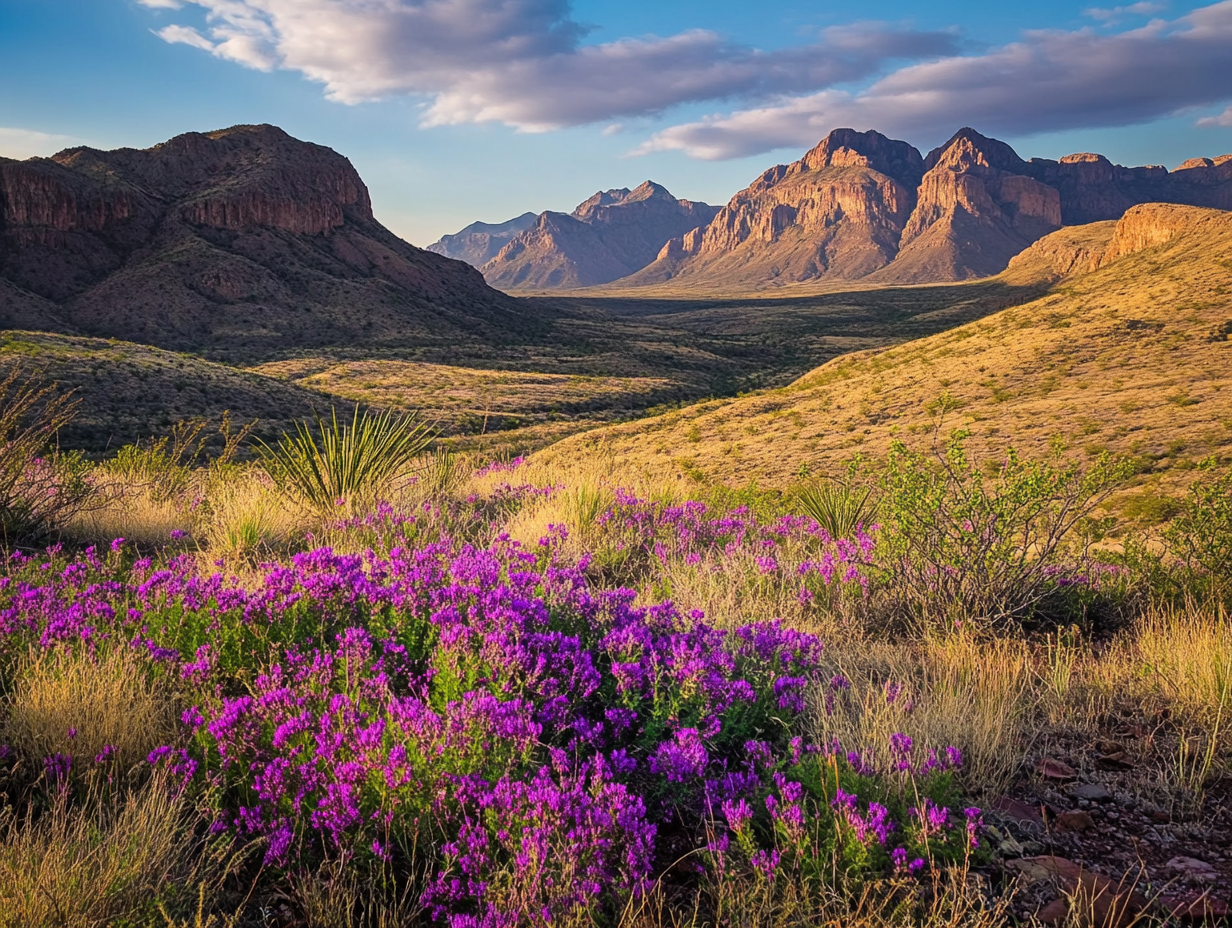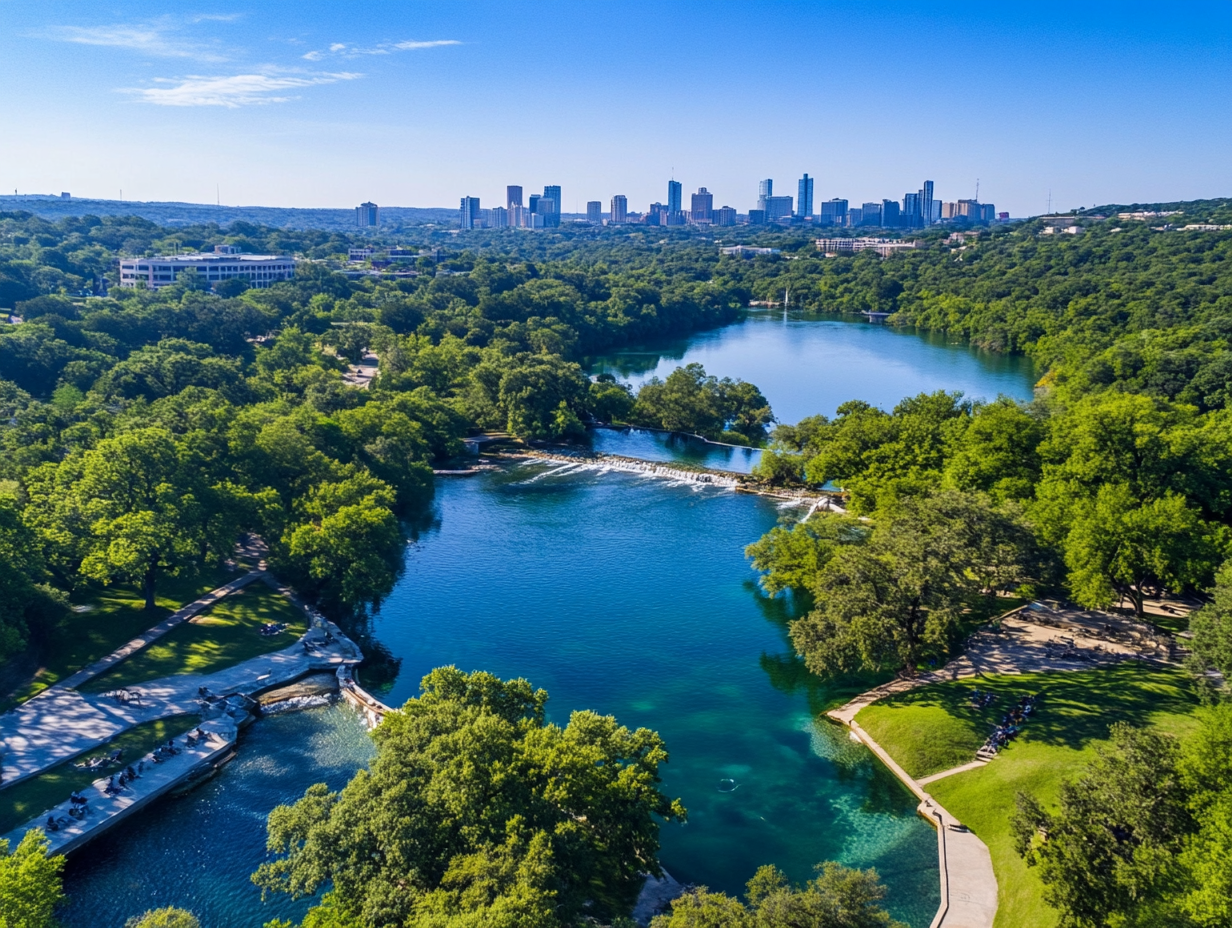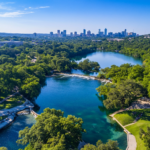A Wild Escape to Big Bend National Park
Deep in the heart of West Texas, Big Bend National Park is an untamed paradise that feels like stepping into another world.
With over 800,000 acres of raw desert beauty, towering mountain ranges, and the winding Rio Grande carving through dramatic canyons, this park is one of the most awe-inspiring destinations in the United States.

Yet, despite its grandeur, Big Bend remains one of the least-visited national parks, making it the perfect spot for those craving solitude and adventure. Whether you want to hike through rugged landscapes, paddle along the river, soak in a hot spring, or simply gaze at one of the clearest night skies in North America, Big Bend delivers an experience that is both humbling and exhilarating.
Unforgettable Adventures in Big Bend
One of the best ways to explore Big Bend is by hitting the trails. The park boasts over 150 miles of hiking paths, ranging from short scenic walks to challenging backcountry treks. For those looking for a moderate yet rewarding hike, the Lost Mine Trail is a top choice.
This 4.8-mile round-trip journey takes hikers through lush pine forests and up to a breathtaking overlook of the Chisos Mountains, offering one of the most spectacular views in the park.
If you’re looking for an iconic Big Bend hike, the Window Trail is a must. This 5.6-mile trek descends into a dramatic rock canyon, leading to a stunning natural “window” that perfectly frames the vast Chihuahuan Desert below.
For those seeking a shorter but equally mesmerizing experience, the Santa Elena Canyon Trail is an excellent option. This 1.7-mile hike follows the Rio Grande into a jaw-dropping 1,500-foot-tall canyon, where the towering limestone walls seem to swallow the river in a scene straight out of a movie.
Beyond hiking, the Rio Grande offers some of the best river adventures in Texas. Kayaking or rafting through Big Bend’s stunning canyons is an unforgettable way to experience the park from a different perspective. The Santa Elena Canyon rafting trip is a favorite among visitors, providing a peaceful yet thrilling journey through the sheer canyon walls. For those looking for a longer river excursion, the Boquillas Canyon stretch offers a more remote and serene paddling experience, with stunning rock formations and occasional wildlife sightings along the way.
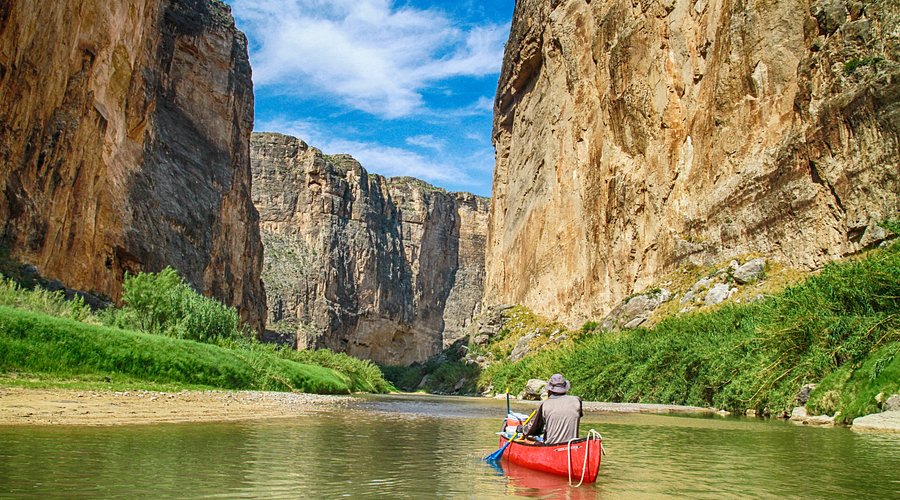
If you need a break from hiking and paddling, the Big Bend Hot Springs is the perfect place to unwind. Located along the Rio Grande, this natural geothermal spring maintains a soothing 105°F temperature year-round. Soaking in the warm waters while looking out over the river and into Mexico is a surreal experience, offering a mix of relaxation and adventure that’s hard to beat.
For those who love astronomy, Big Bend National Park is one of the best places in the world for stargazing. Recognized as an International Dark Sky Park, it has virtually no light pollution, allowing for stunning views of the Milky Way, meteor showers, and countless constellations. Simply stepping outside your tent or RV at night will reveal a sky so packed with stars that it feels almost unreal.
Another unique aspect of Big Bend is its proximity to the small Mexican village of Boquillas del Carmen, just across the Rio Grande. With a valid passport, visitors can take a quick boat ride over to this charming town, where they can enjoy authentic Mexican cuisine, explore the village, and even purchase handmade crafts from local artisans. It’s a cultural experience unlike any other in a U.S. national park.
Learn More About: The Forgotten Underground Railroad to Mexico
When to Visit and Where to Stay
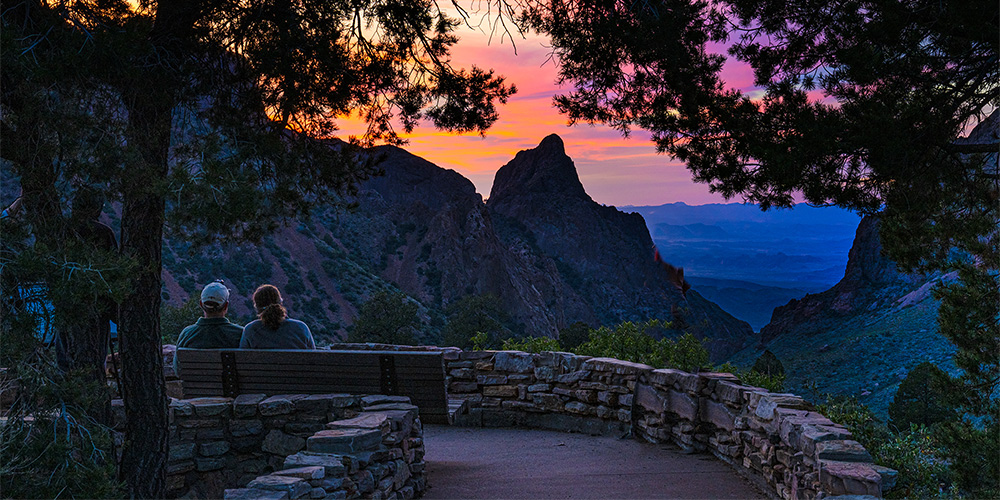
For accommodations, visitors have several options ranging from campgrounds to the iconic Chisos Mountains Lodge, the only hotel within the park. There are also developed campgrounds like Rio Grande Village and Cottonwood Campground, as well as more primitive camping areas for those who prefer a backcountry experience. If you’d rather stay outside the park, the nearby town of Terlingua offers a quirky mix of rustic lodging, good food, and a lively desert atmosphere.
Check Out: The Moving History of the Traveling Two-Step
Sidebar: Essential Tips for Visiting Big Bend National Park
Big Bend National Park is an unforgettable destination, but it’s also one of the most remote and rugged parks in the United States.
Proper preparation is key to making your trip safe, enjoyable, and hassle-free.
Whether you’re hiking, camping, or simply taking in the scenery, here are some crucial tips to ensure you have the best experience possible.
Bring Plenty of Water – More Than You Think You’ll Need
Big Bend’s desert environment is hot, dry, and unforgiving. Even during the cooler months, dehydration is a real risk, and in the summer, the extreme heat can become dangerous. The National Park Service recommends carrying at least one gallon of water per person per day. If you plan on hiking, bring even more. The park has very few water refill stations, and once you’re on the trails or out exploring, there may be no water sources available at all. It’s also smart to carry electrolyte-replacement drinks or powders to keep your body balanced, especially if you’re hiking in high temperatures.
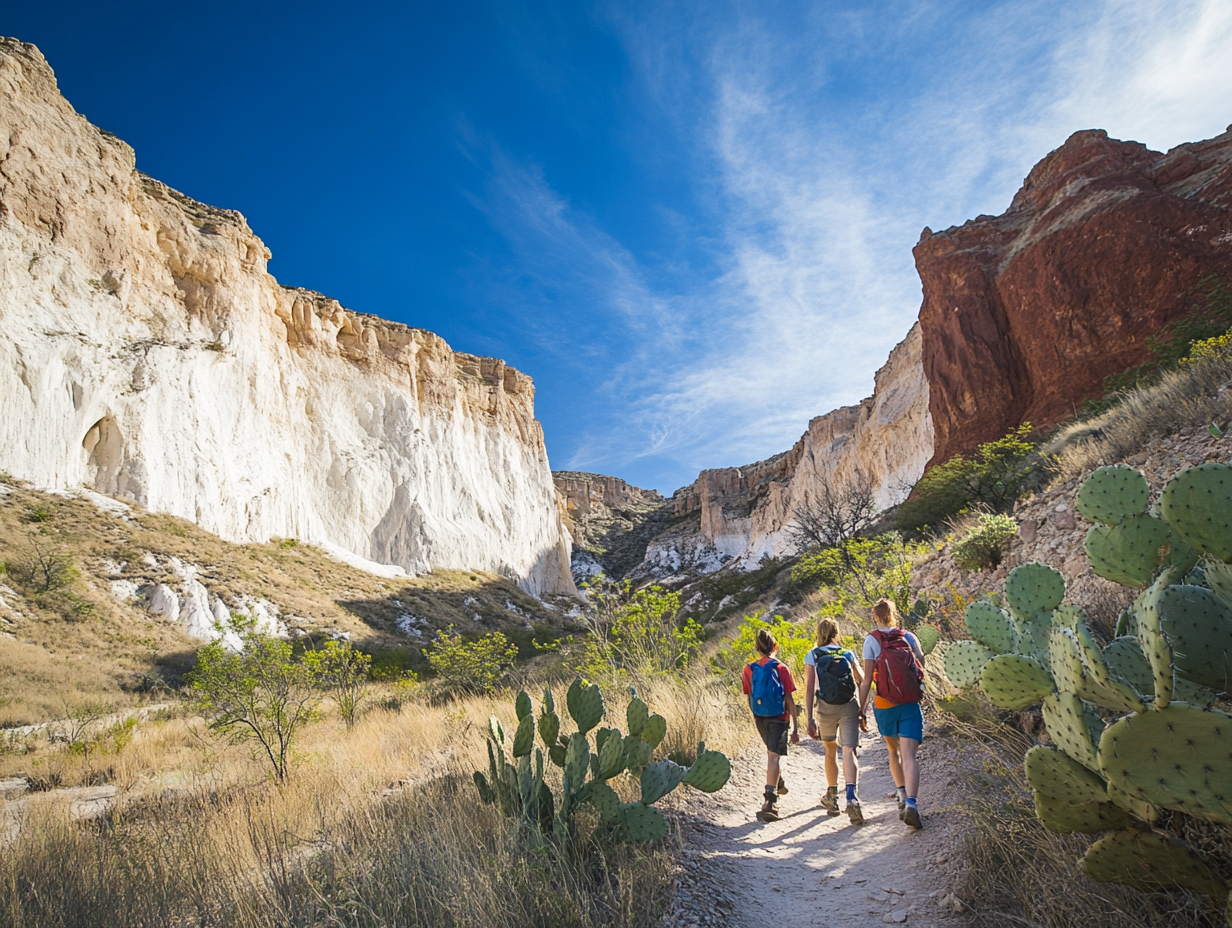
Check Park Regulations Before You Go
Be Aware of Wildlife – Keep a Safe Distance
Big Bend is home to a fascinating array of wildlife, including black bears, mountain lions, javelinas, bobcats, and rattlesnakes. While encounters are rare, it’s important to be prepared. Always store food securely in bear-proof containers or locked vehicles, and never leave food or scented items unattended at campsites. If you see a bear or mountain lion, never run—back away slowly while maintaining eye contact and making yourself look as large as possible. When hiking in remote areas, make noise to avoid surprising wildlife. Snakes and scorpions are common in rocky areas and underbrush, so watch your step and avoid sticking your hands into crevices. Most animals will keep their distance if left alone, so respect their space and enjoy observing them from afar.
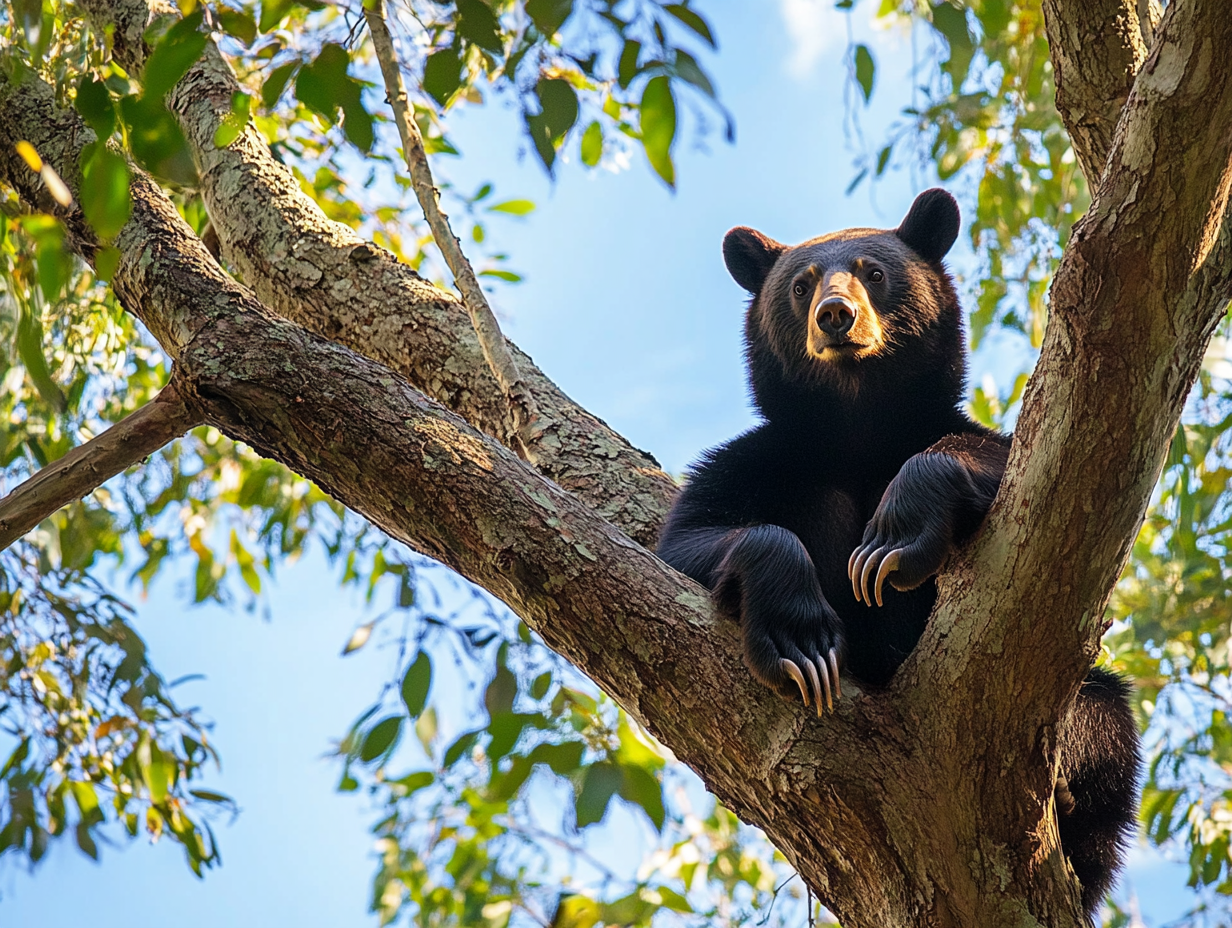
Fuel Up Before Entering the Park – Gas Stations Are Scarce
Dress in Layers and Be Prepared for Temperature Swings
Plan for Limited Cell Service – Download Maps in Advance
Respect the Fragile Desert Environment – Leave No Trace
Big Bend’s ecosystem is delicate, and protecting it is essential for preserving its beauty for future generations. Stay on designated trails to avoid trampling fragile desert plants, and never pick wildflowers or disturb wildlife. If you’re camping, follow Leave No Trace principles—pack out all trash, use biodegradable soap at least 200 feet away from water sources, and avoid creating new fire rings or campsites in undesignated areas. Even something as simple as stacking rocks can disrupt the natural landscape. By respecting the environment, you help maintain Big Bend’s pristine wilderness.
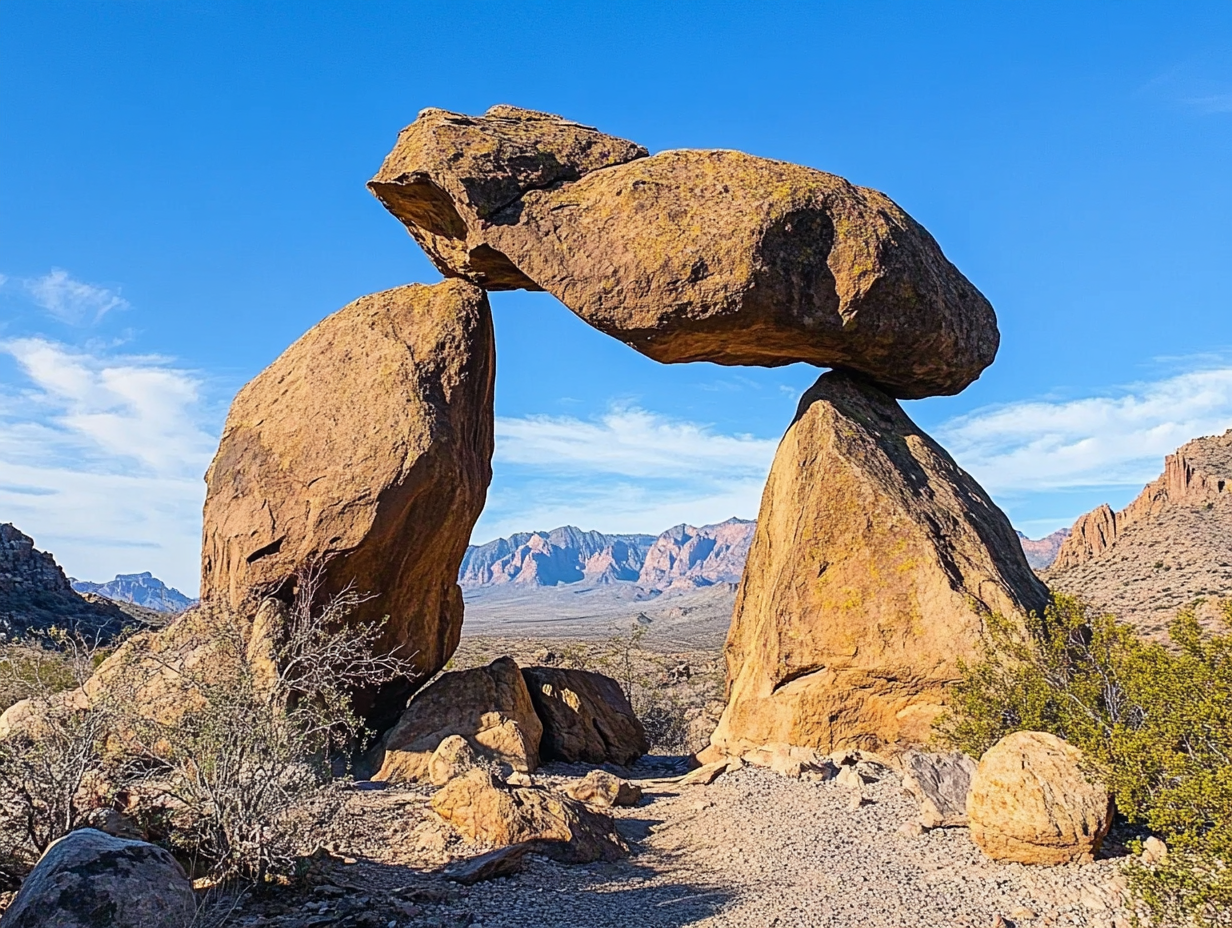
Prepare for an Unforgettable Night Sky Experience
Big Bend is an International Dark Sky Park and has some of the best stargazing opportunities in the world. On clear nights, you’ll see thousands of stars, the Milky Way stretching across the sky, and even planets with the naked eye. To make the most of your stargazing experience, bring a red-light flashlight (to preserve night vision), a comfortable blanket or reclining chair, and a star map or stargazing app like SkyView or Star Walk. If you want an even more immersive experience, consider attending a ranger-led night sky program, which is often held at the Chisos Basin Amphitheater or Rio Grande Village.
Have a Backup Plan – Weather Can Be Unpredictable
Weather in Big Bend can change quickly. Flash floods can occur in low-lying areas, especially during the summer monsoon season, making some roads impassable. If you’re planning a river trip, check water levels in advance, as they can fluctuate dramatically. Some trails, like the popular Lost Mine Trail, may be closed due to bear activity, and extreme heat can make long hikes dangerous. Always have a backup plan in case your original itinerary needs to change, and check for updates at visitor centers before heading out on a hike or drive.
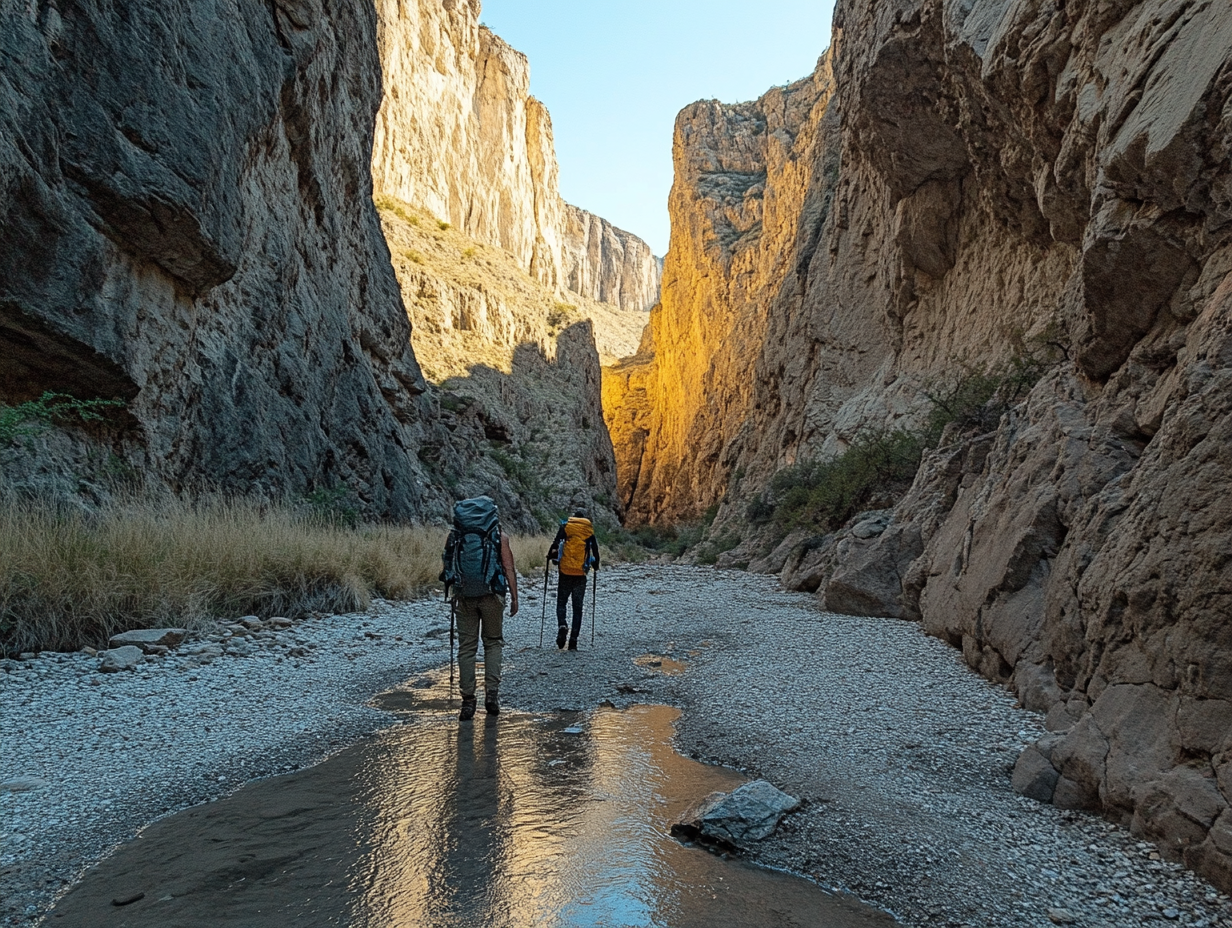
Final Thoughts on Visiting Big Bend
Discover more unique stays and travel inspiration with A Texas Guide
Instagram: @atexasguide
TikTok: @atexasguide
YouTube: A Texas Guide
Facebook: A Texas Guide

